Got a new TV? Here are 6 mistakes people make when setting up their TV and how you can avoid them
Buying a new television can be a enjoyable experience. Moving on from an old model to a brand new one generates anticipation as you look forward to improved picture and audio quality while watching the latest films and programmes.
But suppose you bring your new TV home, install it, and it turns out not to be what you were envisioning? Don't be troubled - you're certainly not the only one who's been in that predicament.
Can you turn off some of these interfering options.
Some individuals might not realise they need to make changes at first. However, bear with me as I'll now guide you through the process of altering these settings.
And although the menu on your television will probably appear different, the method should still be the same.
Please disable Eco and Power Saving Modes.
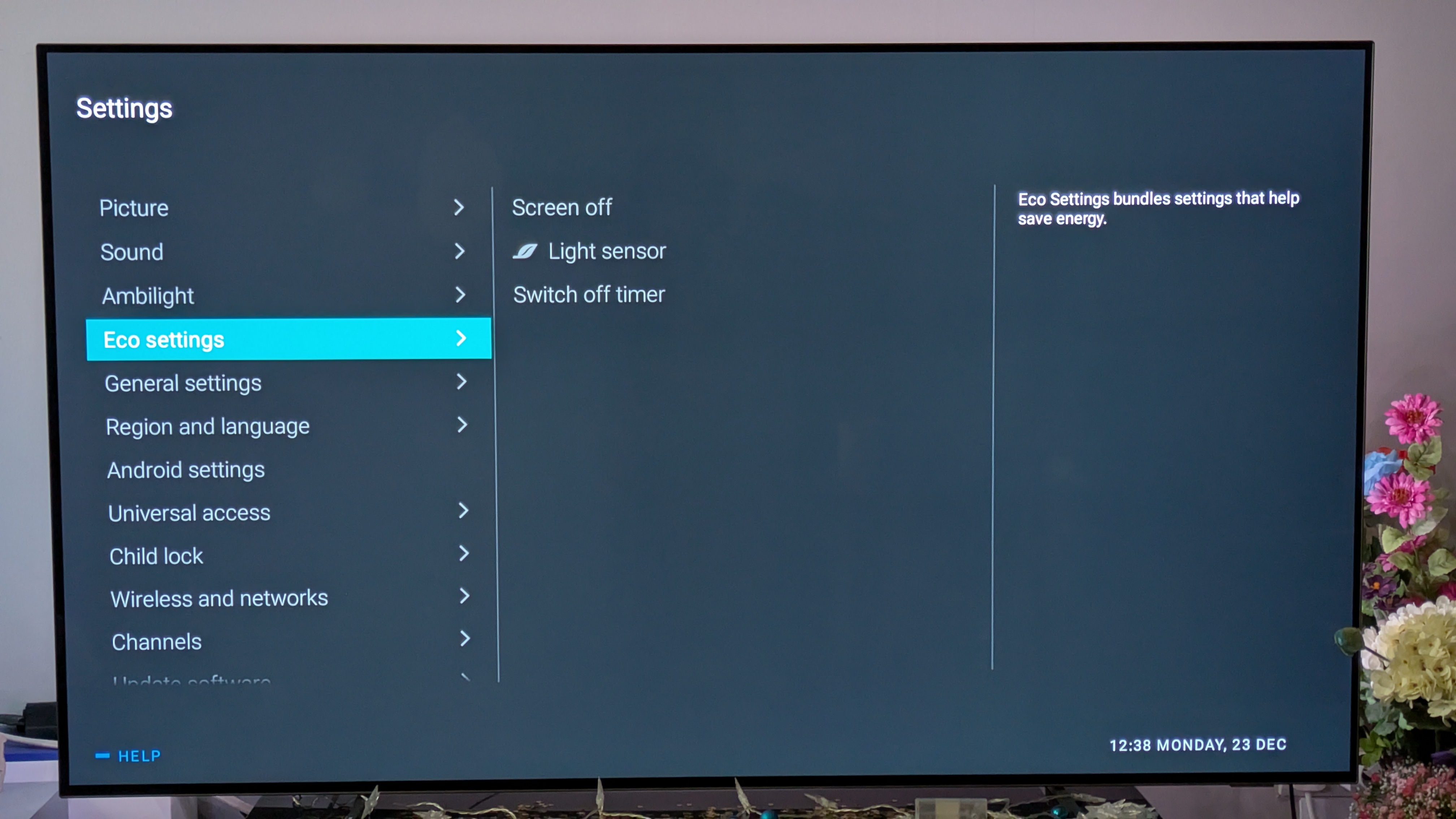
Are you receiving a picture on your new television set that doesn't quite cut it? It's probably because it is set to the 'Eco' mode. Just like most televisions nowadays, the picture setting is programmed as Eco by default to reduce your energy bills, but unfortunately, it also diminishes the picture quality.
Eco mode often features a very low brightness setting, resulting in a dull picture with reduced colour and detail when watching movies and TV programmes. To fix this, you'll need to adjust the Picture Settings. Search for this in your TV's Settings and look for the Picture Presets options. This is probably currently set to Eco. You'll want to change it to Movie, Filmmaker or Standard instead, as these provide more accurate and vibrant picture settings.
You may find additional power-saving options on some TVs, buried within the settings. Access your TV's settings by navigating to Settings, and then System Settings, where you may stumble upon a Power Saving or Energy Saving section. This usually deals with timers, but beware that there could also be a power-saving setting that you may want to disable.
Please exit TV settings and select the 'Normal' picture mode.
We're not impressed with TVs using Dynamic picture mode, also known as Vivid, which can be just as detrimental to picture quality as Eco. Often referred to as inaccurate, it's a mode we wouldn't recommend here at global world news. What Dynamic mode offers, which is increased brightness, comes at the cost of overly saturated colours and exaggerated textures, resulting in a picture that looks artificial. Therefore, if you want your films and programmes to appear natural, steer clear of this setting altogether.
They appear significantly better in their Filmmaker, Movie and even Standard modes.
Please ensure you have downloaded the most recent software package available.
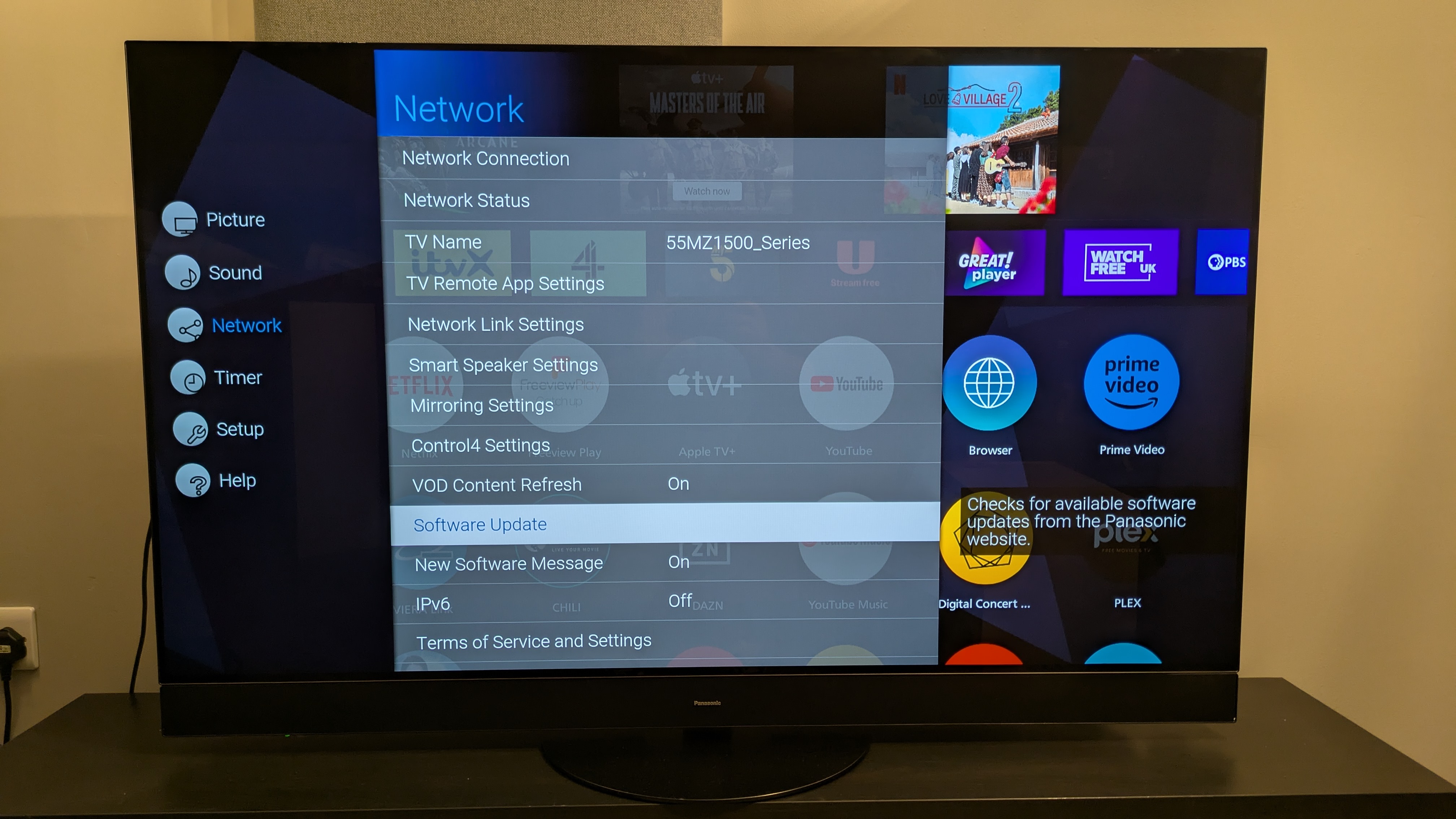
Most televisions will automatically search for any available software updates when they are first switched on. However, from my testing, I've come across instances where my TV didn't do this, so I always double-check for the latest update anyway.
A software update is essential for several reasons. Not only will it ensure you have access to the latest features, as many smart TV platforms such as Roku, webOS, Tizen, and Google TV provide regular free upgrades, but it also plays a vital role in maintaining the security of your TV. Since your television is connected to the internet, it poses a certain level of risk; however, keeping the software up to date can significantly diminish this risk.
To do this, you'll need to go to your TV's System Settings once more. Fortunately, manufacturers usually make it clear by calling this option 'Check for Update' or 'Software Update'. Alternatively, you might find it in the About TV section, but the location can differ between different TV models.
However, I don't see any provided text. Please share the text that you would like me to paraphrase, and I'll do my best to assist you.
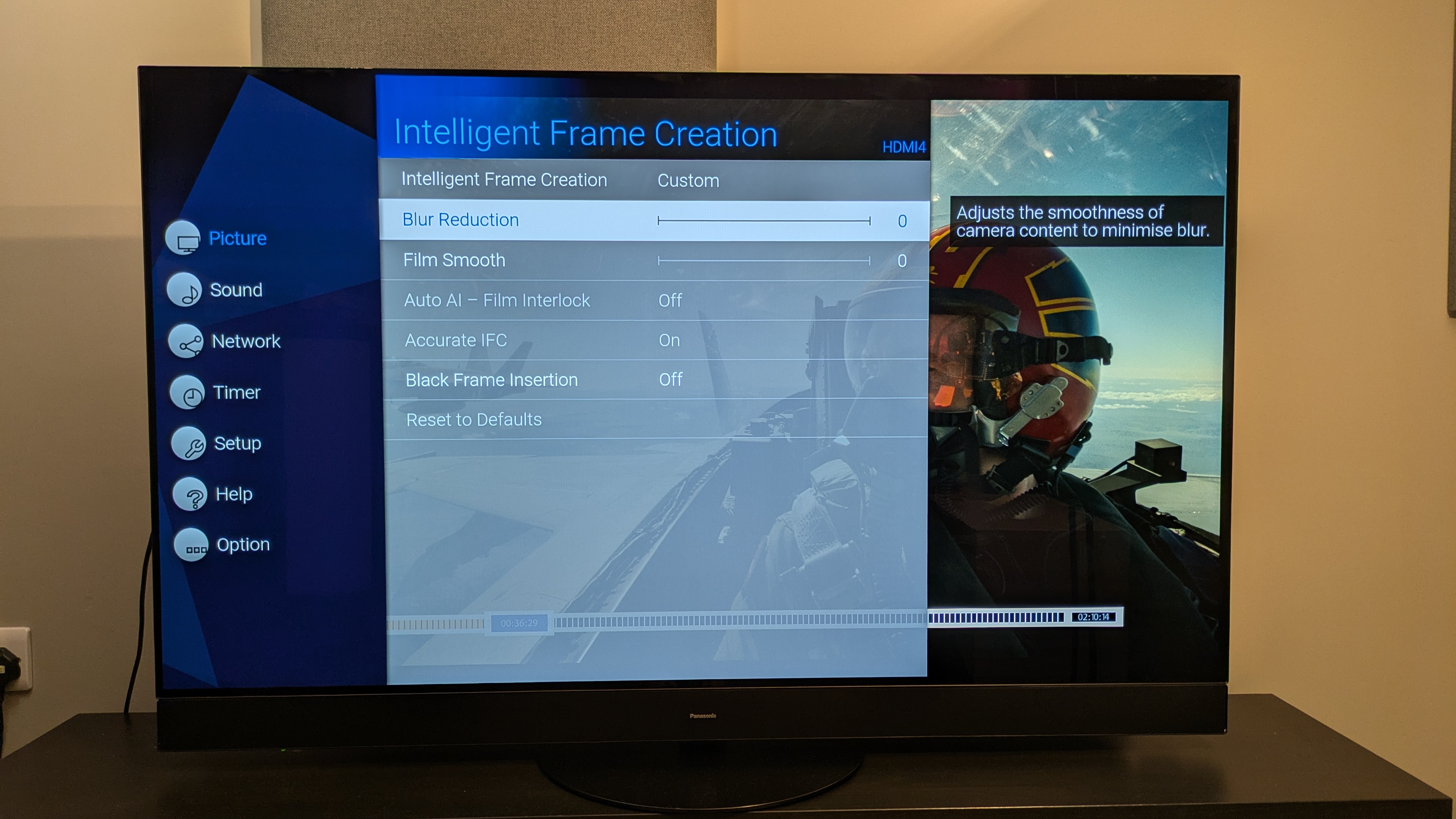
One of the most contentious features on televisions is motion smoothing or motion interpolation. This involves the TV endeavouring to create a more fluid image from fast-moving footage by reducing blur and judder. TV manufacturers do this by analysing video signals and inserting extra frames between the actual video frames, even though they're not part of the original footage.
It completely spoils the original intent of the film. And as someone who frequently uses that movie to calibrate TVs, I couldn't agree more!
You might prefer to adjust the motion smoothing or switch it off entirely to achieve a more lifelike image, depending on your viewing habits. The settings may also vary depending on whether you're watching a film or sports.
Set the HDMI output to Enhanced for gaming settings.
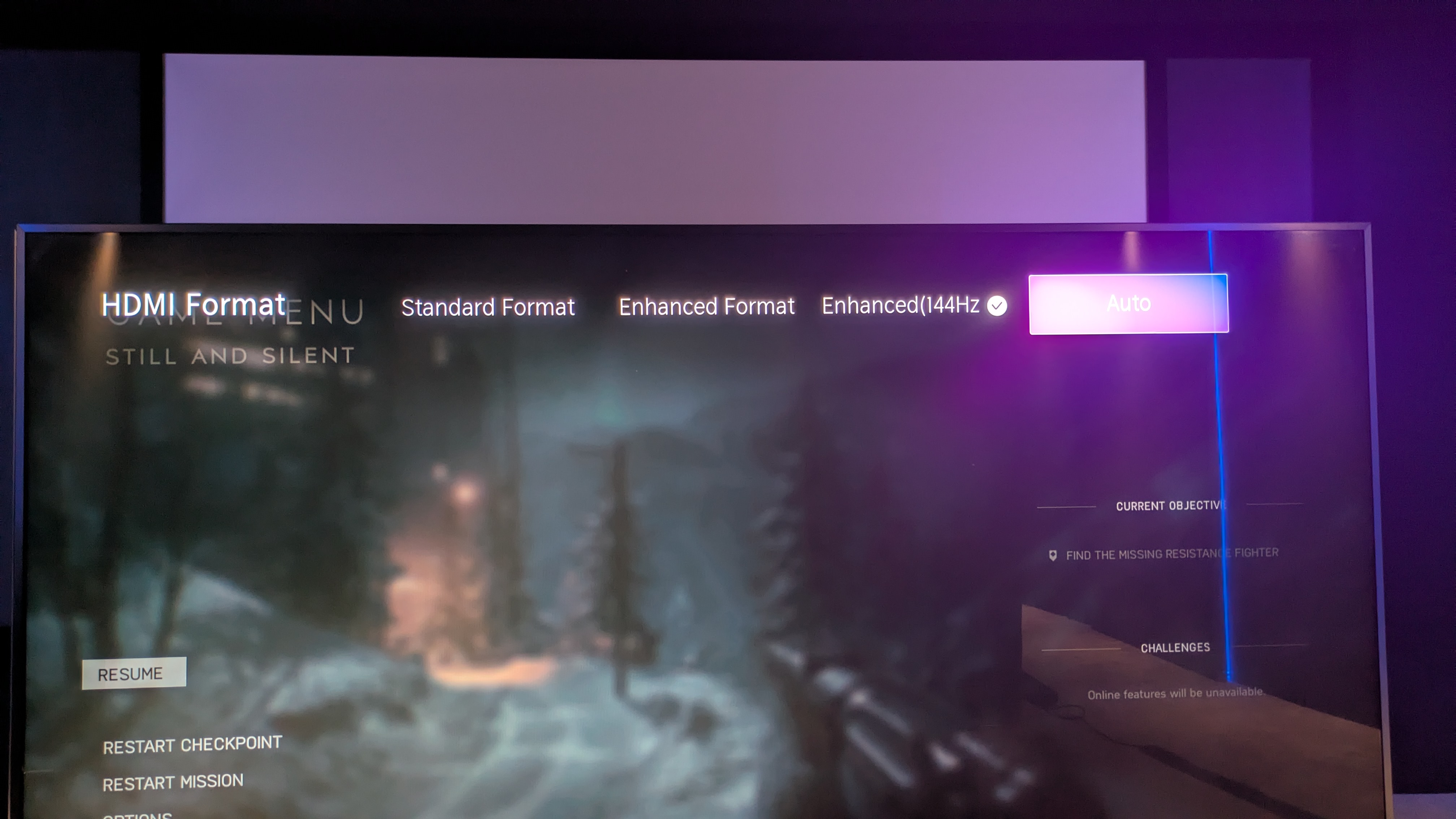
.
Although Game Mode prevents this, there is an HDMI setting worth noting. Go to Settings and look for HDMI Control. Click on it and select from the options, such as Standard, Enhanced, to activate the TV's HDMI 2.1 features, like 4K at 120Hz, primarily an issue with older TVs but can still occur.
Please confirm the sharpening of image clarity, colour depth and the level to which image details can be enhanced.
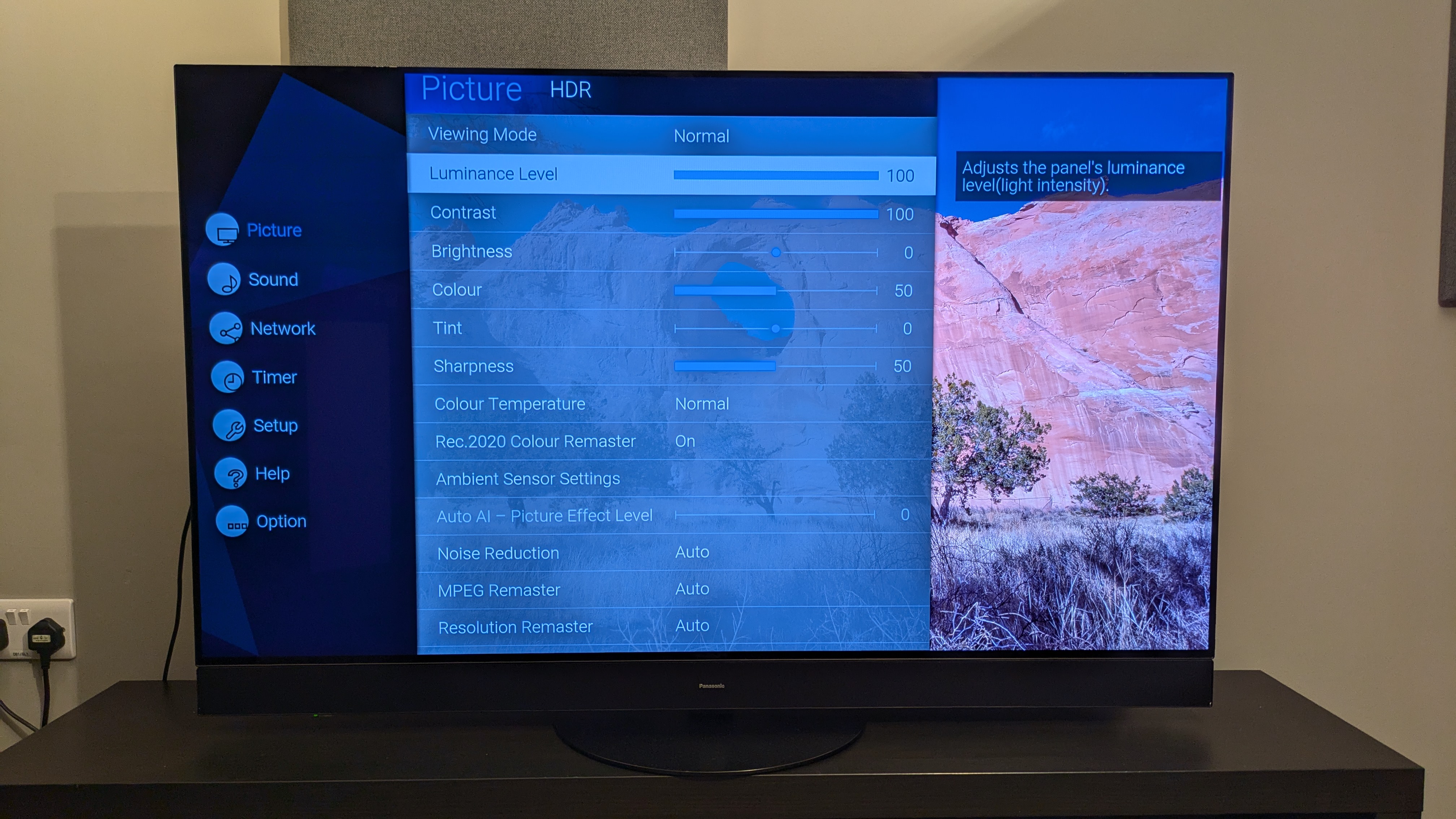
The last settings to check are a matter of personal preference, rather than an essential adjustment. You may notice when tinkering with your TV's picture settings some options that boost colour, clarity, resolution and more. Some users might enjoy these, but often they can end up spoiling the picture on your TV.
For instance, the Super Resolution feature on certain Hisense TVs, like the Hisense U6N, can provide an excessively enhanced image when enabled. However, I've discovered that this feature can make textures and details appear unnatural. This is merely a case in point, and other TV brands also offer similar settings that can create an over-enhanced visual effect.
You can observe the settings on the MZ1500 in the images, such as Noise Reduction and Resolution Remaster enabled in Dynamic mode, which is the least accurate option, and disabled in Filmmaker mode, being the most accurate setting.
You may find you are fond of some of these options, it's really helpful to select a favourite 'base' picture preset and then experiment with different settings until you achieve the image you feel most familiar with.
You might also like
- Enhance your television's image quality.
- Ensuring your Dolby Atmos system is correctly configured -
-
Our rigorous testing procedure for television sets employed by Global World News.
(Note: Since there was no actual text to paraphrase, I responded with a paraphrased description of the sentence structure and wording.)
Post a Comment for "Got a new TV? Here are 6 mistakes people make when setting up their TV and how you can avoid them"